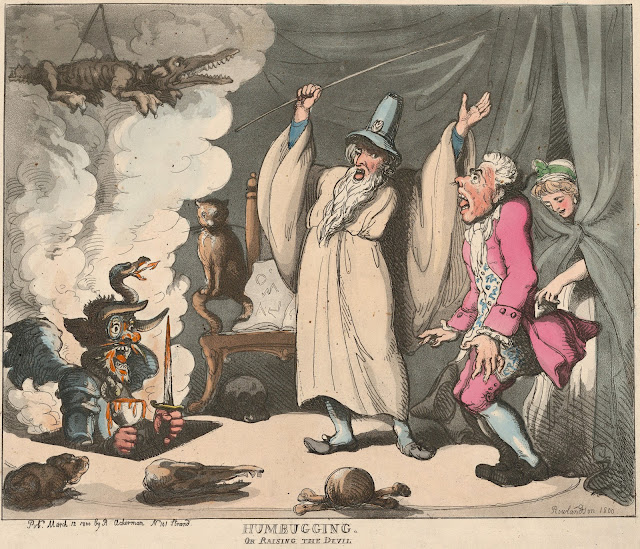You Won't Believe This Strange Fact about Church of Satan's Anton LaVey... or Will You, You Credulous Sheep?
Anton LaVey, the dark lord of the Church of Satan, is one who you'd think had no time for scientific skepticism. I mean, this is the guy who codified Satanism and spread the gospel of magic and mysticism! Well, hold on to your torches and pitchforks and don't run him out of town just yet, because when we crack open the history books, we stumble upon a side of LaVey that'll make your head spin. (Was that devilish pun intended?)
Picture this: Howard Stanton Levey, born on April 11, 1930, with a penchant for the occult and a résumé that reads like a carnival thrill ride. From joining the circus to playing the piano in nightclubs, his journey led to the founding of the Church of Satan on April 30, 1966. But here's the twist — beneath that sinister exterior, LaVey had a bone to pick with the wool-pulling "occultniks" who chugged down irrational claims like it was Kool-Aid at a cult meeting. He was actually the voice of reason in a sea of supernatural chaos. Now, this may seem surprising, but think about it — many people forget that the Church of Satan is actually non-theistic. That's right, they do not believe in a literal being called Satan or the devil, and do not worship supernatural figures. Meanwhile, LaVey was flipping the script, calling out the pseudo-experts who peddled their supernatural snake oil. He saw right through their hocus pocus.
During the time when Age of Aquarius was bringing the paranormal into the mainstream, the Committee for the Scientific Investigation of Claims of the Paranormal (CSICOP, now CSI) popped up, headed by Paul Kurtz and Marcello Truzzi. They were the skeptics shaking their heads at everything from UFO sightings to crystal ball predictions. And guess what? LaVey was rubbing shoulders with these guys.
But the rabbit hole goes even deeper. LaVey wasn't just talking the talk; he was strutting the walk. In the 1950s, he actually moonlighted as a paranormal investigator for the San Francisco Police Department. Whenever people phoned in for help about ghostly moans, poltergeists or eerie lights — he was on it like a bat out of hell. See, LaVey wasn't about finding demons or tormented spirits; he was simply hell-bent on finding rational explanations for the phenomena. It was Sherlock Holmes and the Hound of the Baskervilles all over again. Worries about mysterious attic moans? Rusty cans and the wind were the culprits, not supernatural spooks. In another instance, there was a certain hotel whose employees complained that the premises were a paranormal playground. We're talking glasses moving by themselves, and lights flickering like a haunted disco. And when he looked into it, you won't believe what kind of hellish terrors LaVey unearthed. Indian burial grounds? Long-forgotten murder scenes? Nope, it was hidden alcoves, projectors, and a truckload of trickery. The owner of the hotel wasn't summoning spirits; she was putting on a theater production that would make George Méliès proud.
So there you have it. Anton LaVey, the high priest of Satanism, moonlighted as a paranormal debunker, shaking his fist at the supernatural silliness whilst flipping the bird to the occult circus. He was the unexpected champion of skepticism, who put on his detective hat to unravel the mysteries that others took at face value. If you want to read more about it, check out this article at Skeptical Inquirer.
